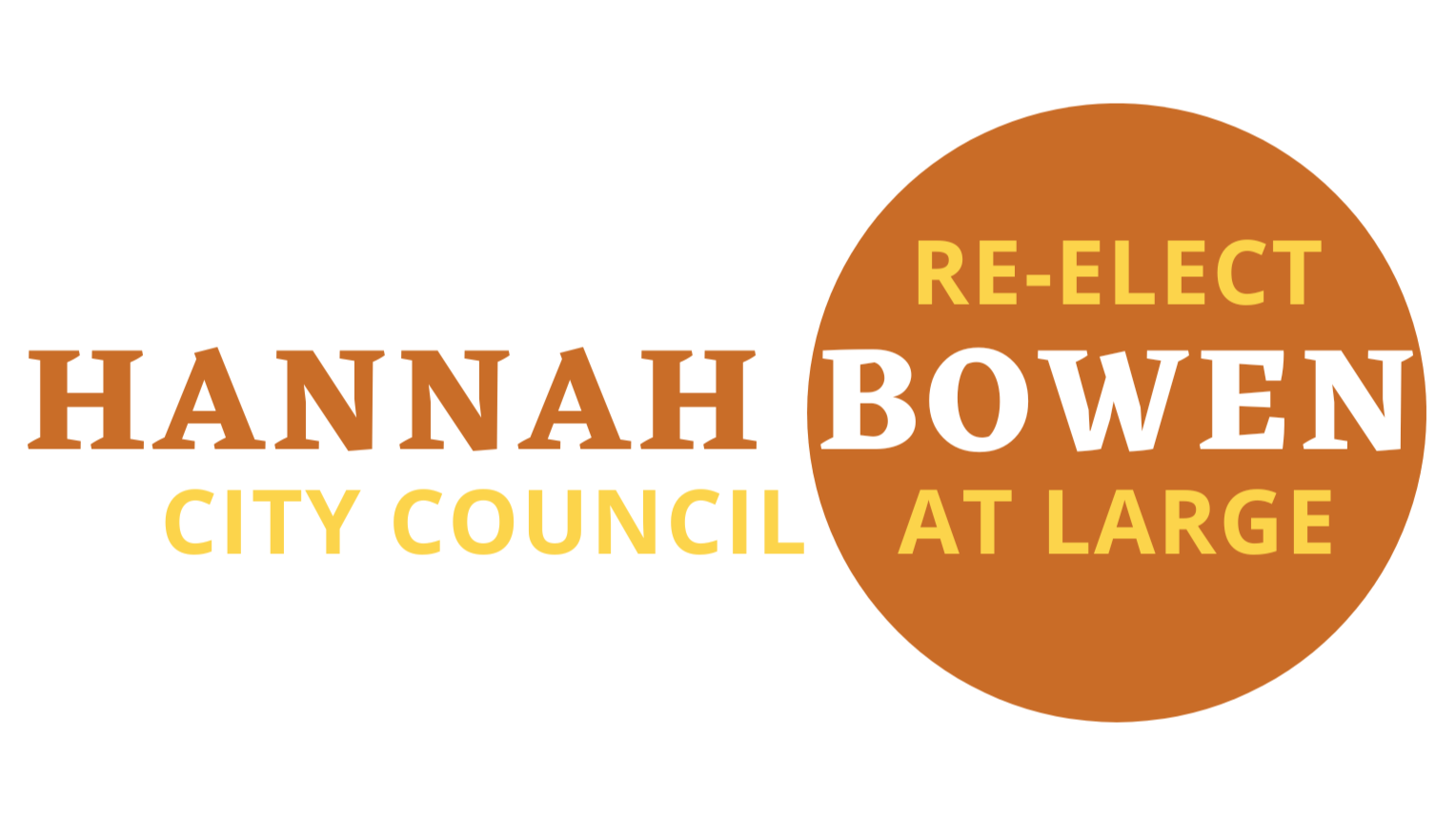I’m writing to invite my neighbors in Beverly to seize a unique opportunity — and to recognize the risks we face if we do not. Recently, the City Council approved the “friendly taking” of property on Cabot Street by eminent domain at a cost of $8 million. I have heard this and recent zoning changes that impact our downtown both criticized and praised — on the one hand as “regressive housing policies” and on the other as “visionary” choices. I think both are fair assessments — for now. The current housing crisis is testing our commitment to our stated vision of a Beverly that “will provide its residents, and prospective residents, an enriched quality of life that includes access to housing for all ages, racial identities, abilities, and income levels; high quality education and public services; diverse economic opportunities; robust arts, culture, and recreation; and efficient and resilient infrastructure systems.” (PlanBeverly Comprehensive Master Plan, 2021)
What will determine where we ultimately land — suffering from an even deeper affordability crisis of our own making, or achieving that breakthrough vision — is what we do next.
The full context I fear has been missed so far is that if three recent city-level decisions are our only strategies for community development, we risk creating both the reality and perception of a city halting housing production in the midst of a housing supply crisis. We have in recent months acquired two properties to create/preserve parking lots, and re-zoned downtown to lower the height/density of new buildings. If we stop at that, these actions would further limit the ability of middle- and low-income renters to stay in Beverly, prevent older residents from aging in place or college students from staying here after graduation, push artists and creatives out of our downtown, and damage the “main streets” economy-for-all that we have been building.
That’s why we can’t stop here. What actions can we take to show we’re still invested in a vision of community development that proactively manages the rapid changes all around us, and sets our city up to thrive in the future? There are at least three steps that I believe are necessary:
First, residents have the opportunity now to weigh in on design standards for our zoning code, a thoughtful strategy to balance the need for density with the need for neighborhood-appropriate look, feel, and scale. The Planning Department has done significant work to draft design standards, and we can and should take that proposal through the full public process of review and advice from the Planning Board, to a City Council vote and mayoral approval this year. Once that is completed, we’ll have more appropriate tools in place to tackle longer term conversations about right-sizing multifamily and mixed-use zoning in neighborhood centers.
Second, we can participate in a similar process to adopt a sufficiently broad Accessory Dwelling Unit (ADU) ordinance. This is a policy that’s very well suited to Beverly’s need for smaller, more flexible housing units in the neighborhoods that used to only house larger families in single-family homes. A similar policy just passed overwhelmingly at Marblehead’s Town Meeting, and there is already strong support across Beverly to adopt an appropriate ADU ordinance before the end of this year — as evidenced by a well-attended public meeting on the topic. Getting this done is just one piece of the bigger puzzle, but it’s an important piece.
And third, we can launch a public process immediately to set ambitious and creative shared goals for the future use of the newly-acquired public property in that prime location downtown. Yes, that future will probably need to include a decent-sized public parking lot — and it can be so much more. Given both the upfront and opportunity costs of acquiring the building, we need to focus now on maximizing the public benefits. On that site and with additional partnerships downtown, I can imagine things like a sustainable grocery store/market that’s walkable for downtown residents; a thriving mixed-income residential building where as many as 70 to 100-plus units of housing could fit with fewer cars; a hub for bike-sharing and a downtown circulator shuttle; the return of artist live/work space; an opportunity for homeownership in addition to rental units; public green space incorporated in building design. What is your vision for that property, and for our downtown?
Beverly is not alone in facing incredible pressures on our quality of life. We cannot control all of the regional, state, national, and global trends currently ratcheting up that pressure. We can control our response — and seize the opportunity to enrich our community with design standards, an ADU ordinance, a landmark property that embodies “Downtown for All” right on Cabot Street, and a commitment to working through these issues together.
Hannah Bowen is a Beverly city councilor at-large.
View the column at The Salem News here.
